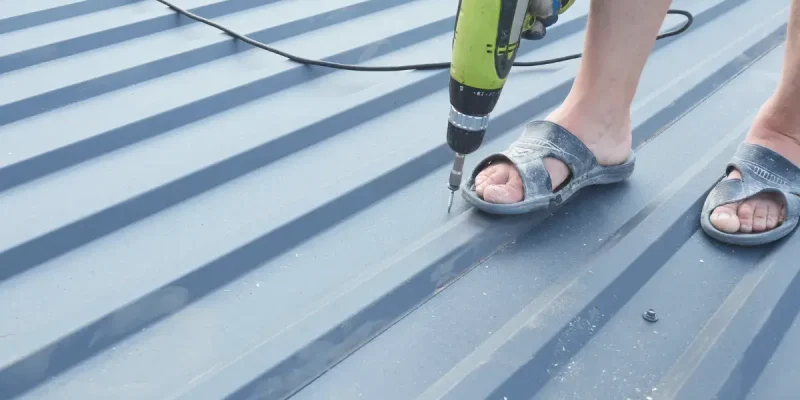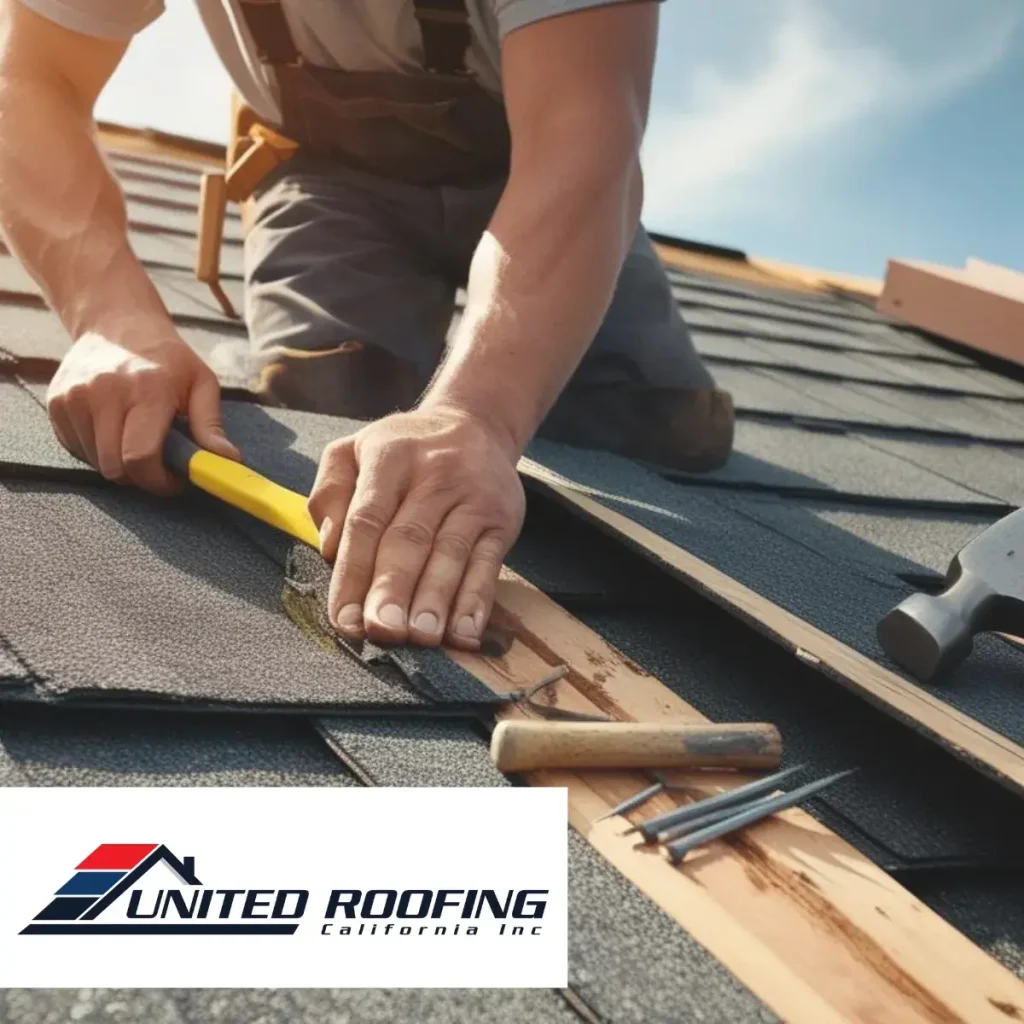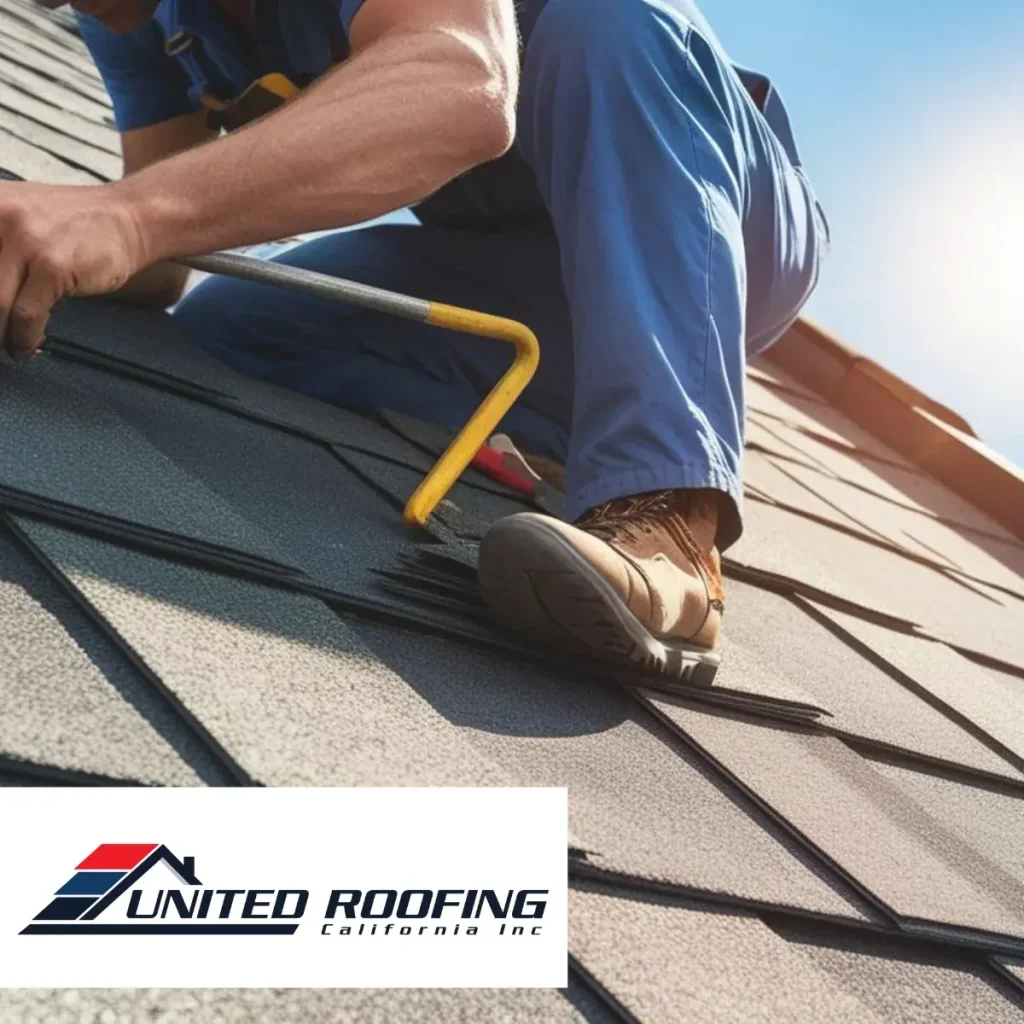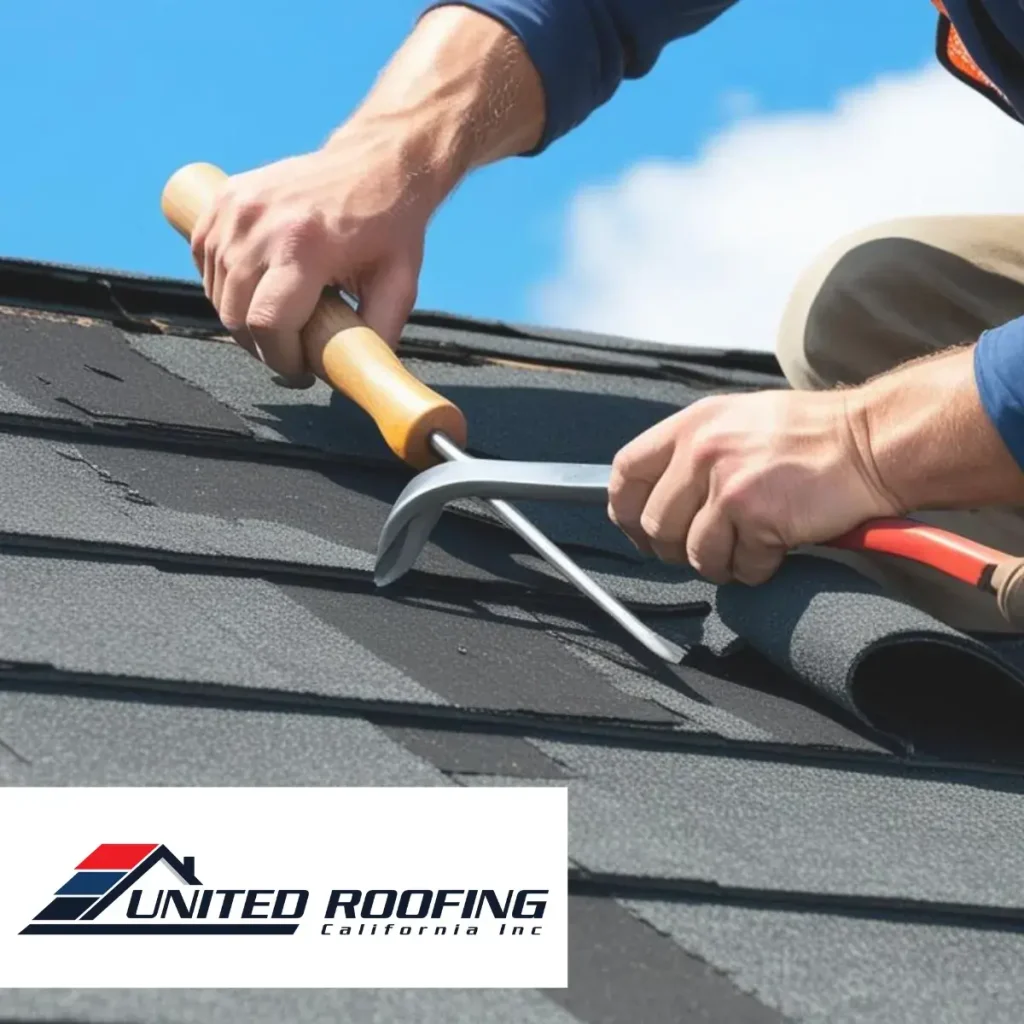Your roof serves as the first line of defense against the elements, protecting your home from harsh weather conditions and maintaining its structural integrity. Over time, exposure to extreme temperatures, moisture, and environmental factors can compromise its durability. Understanding the warning signs of deterioration can help you determine whether a simple repair will suffice or if a full roofing replacement is necessary.
Visible Signs of Roof Damage
One of the clearest indicators that your roof is reaching the end of its lifespan is visible deterioration. Shingles that are curling, buckling, or missing altogether are a red flag, as they expose the underlying structure to potential water infiltration. Granule loss on asphalt shingles often accelerates with age, leaving your roof vulnerable to UV damage and leaks. If you notice sagging areas or water stains on your ceiling, these may be signs of structural weakening that require immediate attention.
Frequent Leaks and Moisture Intrusion
Aging roofing materials often struggle to provide effective water resistance, leading to leaks that can result in mold growth and interior damage. Water stains on ceilings, damp attic insulation, or musty odors are indicators that moisture has penetrated your roof’s protective layers. If repairs are becoming increasingly frequent, it may be more cost-effective to consider a complete roofing replacement rather than continuing with temporary fixes.
Increased Energy Bills Due to Poor Insulation
Your roof plays a crucial role in maintaining energy efficiency within your home. As it deteriorates, gaps and weakened materials allow heat to escape during winter and excessive warmth to enter during summer. If you’ve noticed a steady rise in energy costs, your aging roof may be to blame. A new installation with high-quality insulation can enhance efficiency, reducing heating and cooling expenses while improving indoor comfort.
Age of the Roof and Material Longevity
The lifespan of a roof depends on its material and maintenance history. Asphalt shingles, one of the most common roofing materials, generally last between 20 to 30 years, while metal, tile, and slate roofs have longer durability. If your roof is approaching or exceeding its expected lifespan, it’s wise to schedule a professional inspection. Proactively replacing an aging roof can prevent costly emergency repairs and structural issues down the line.
Learn More





